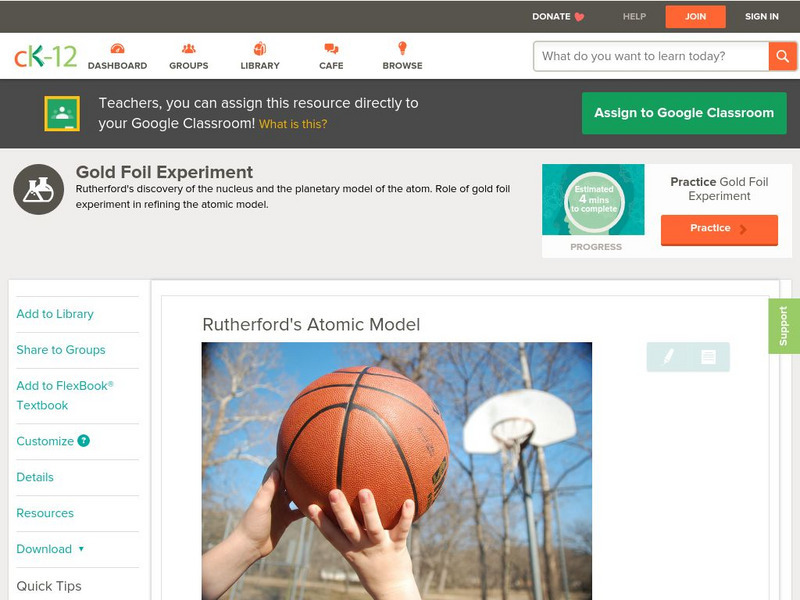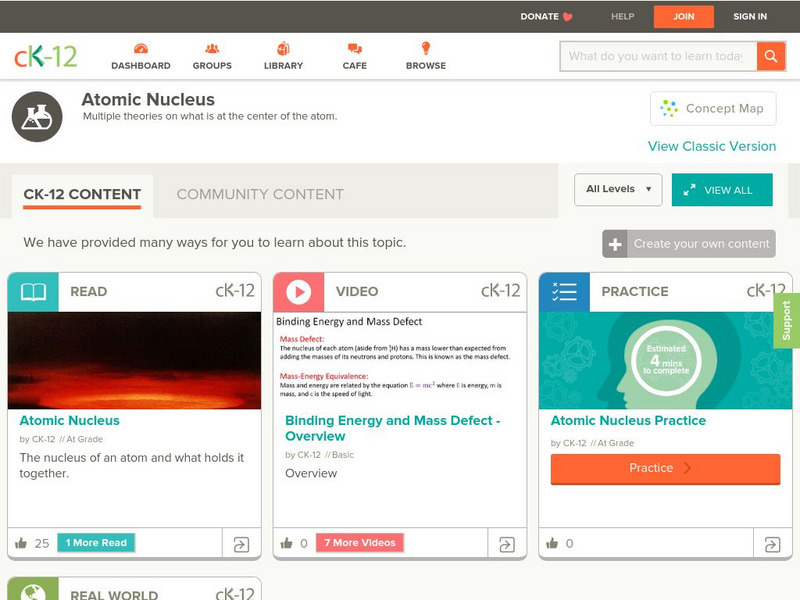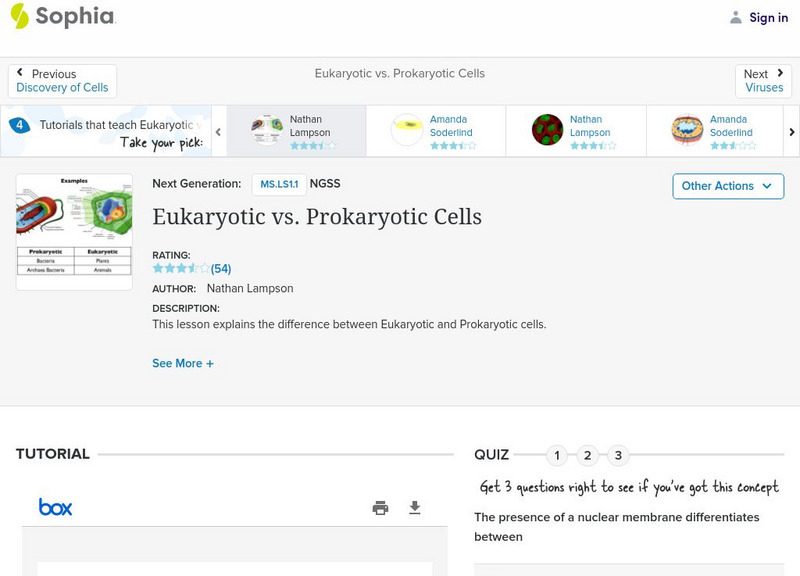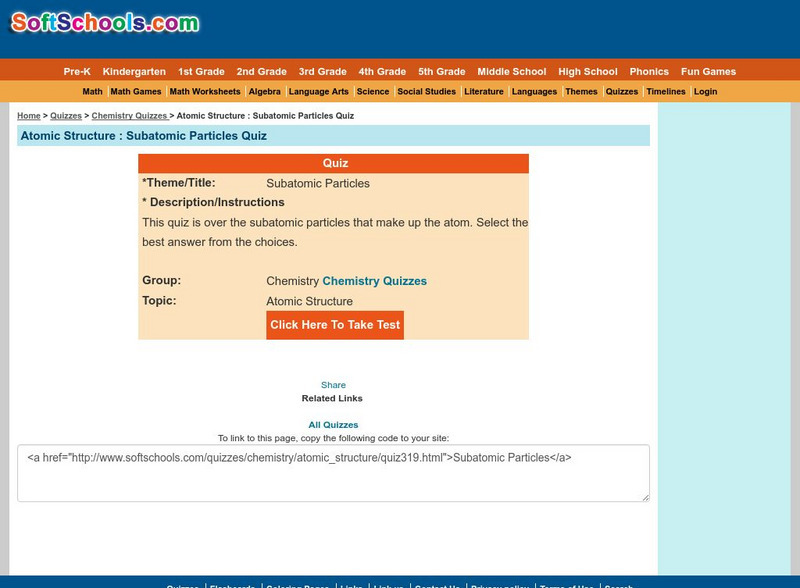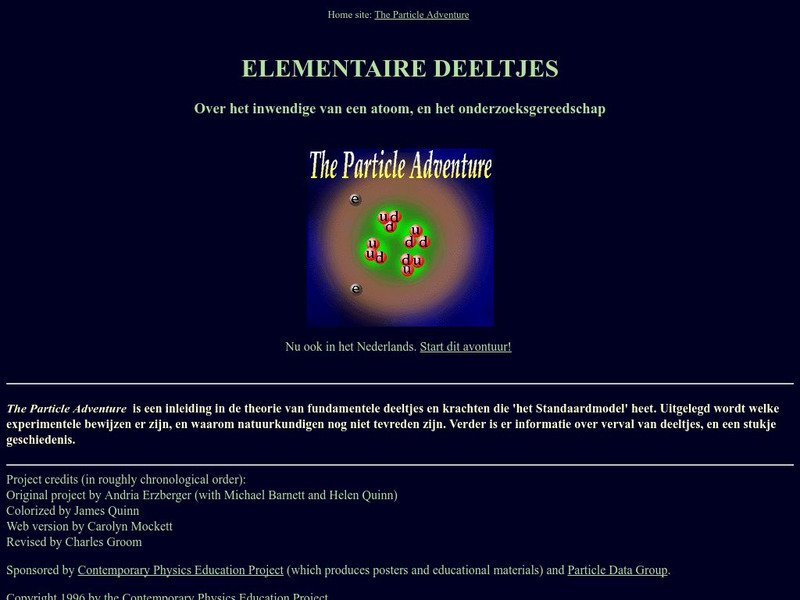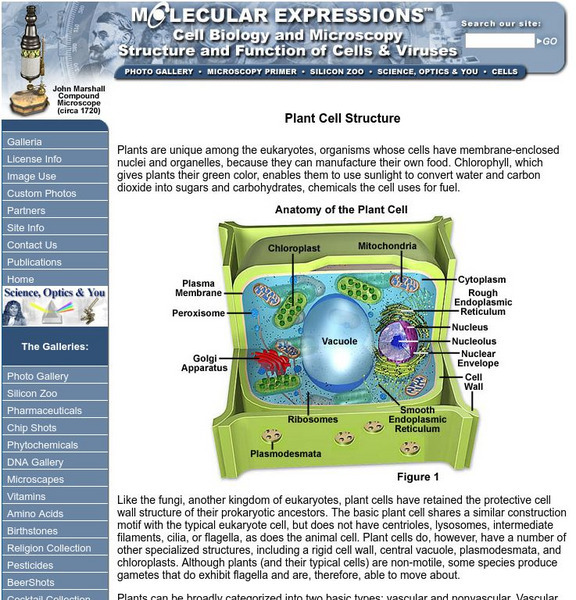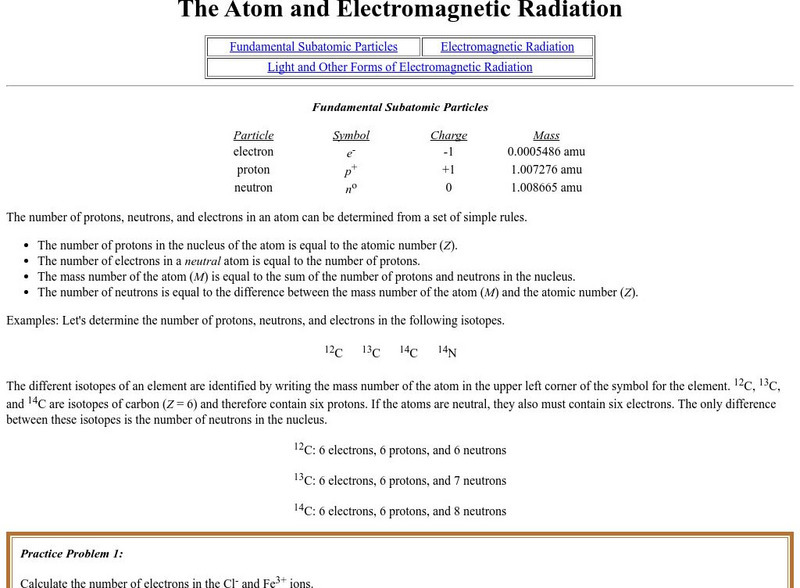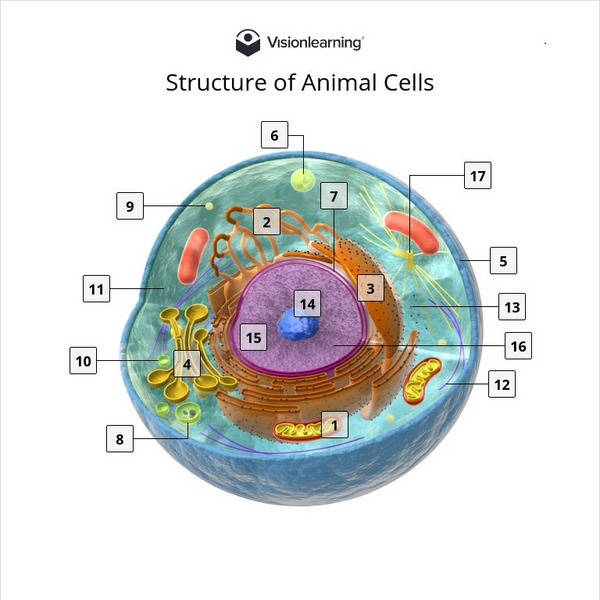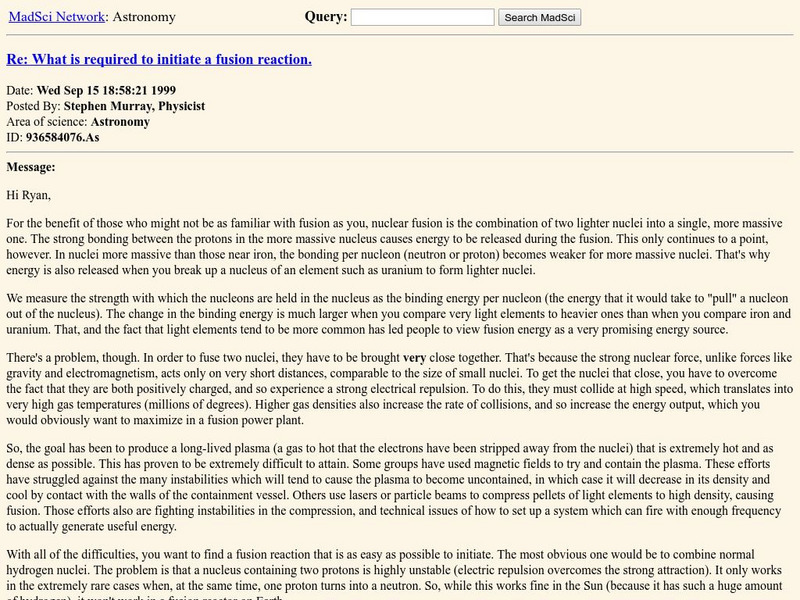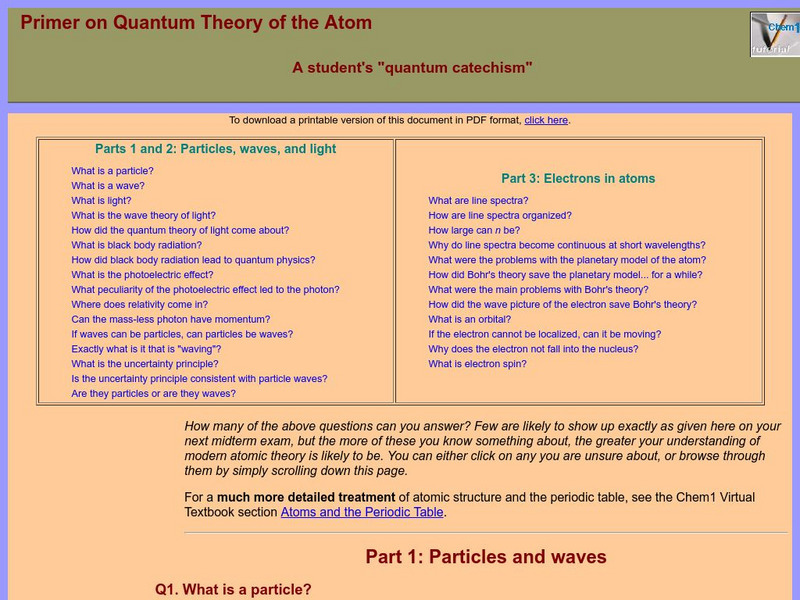CK-12 Foundation
Ck 12: Physical Science: Rutherford's Atomic Model
[Free Registration/Login may be required to access all resource tools.] Rutherford's discovery of the nucleus and his planetary model of the atom.
CK-12 Foundation
Ck 12: Physical Science: Atomic Nucleus
[Free Registration/Login may be required to access all resource tools.] Discusses the nucleus of an atom and what holds it together.
CK-12 Foundation
Ck 12: Biology: Cell Nucleus
[Free Registration/Login may be required to access all resource tools.] Covers the structure and function of the nucleus.
CK-12 Foundation
Ck 12: Biology: Cell Nucleus
[Free Registration/Login may be required to access all resource tools.] Covers the structure and function of the nucleus.
Nine Planets
The Nine Planets: Comets
A detailed description of comets, their distinct parts, and the known comets in our solar system. Links are also provided for additional information on related subjects.
Sophia Learning
Sophia: Eukaryotic vs. Prokaryotic Cells
A slide-show presentation illustrating the differences between eukaryotic and prokaryotic cells.
Soft Schools
Soft Schools: Subatomic Particles Quiz
Take this interactive, multiple-choice quiz over subatomic particles, then review your score and any missed questions at the end.
Other
Particle Adventure Dutch Version
Dutch version of the well-known "Particle Adventure" physics website that teaches students about atoms, mass, particle physics, and quantum physics. The site discusses theories related to physics and provides other links related to the...
Florida State University
Florida State University: Plant Cell Structure
This site features a clear picture of the plant cell with a concise explanation of its key parts and their functions.
Atomic Archive
Atomic Archive: Nuclear Fusion
From the Atomic Archive - the online companion to the award-winning CD-ROM. This page defines nuclear fusion and depicts the process by an informative diagram. Includes numerical values which describe the typical energy values for fusion...
Other
Princeton Plasma Physics Laboratory: Fusion Basics
A wealth of background information on nuclear fusion and its potential use as a commercial energy resource. The advantages of nuclear fusion over other resources, the conditions required for its successful implementation and the future...
Purdue University
Purdue University: Fundamental Subatomic Particles
At this site from the Purdue University, the elementary subatomic particles are described and electromagnetic radiation is detailed. Includes learning exercises and answers.
Vision Learning
Visionlearning: Structure of Animal Cells
Interactive illustration displays the organelles of an animal cell and their functions.
Other
Teachers First: Cell Parts Activity
Teacher lesson plan on cell organelles description and function using advertising.
Khan Academy
Khan Academy: Cell Theory Questions
This study resource from Khan Academy provides practice questions for the MCAT. "Cell theory" questions are provided on this resource.
CK-12 Foundation
Ck 12: Life Science: 2.7 Organelles
Discover the organelles of a cell, and how their structure contributes to the cell's function.
CK-12 Foundation
Ck 12: Life Science: 2.6 Nucleus
Discover the structure and function of the nucleus of the cell.
MadSci Network
Msn: What Is Required to Initiate a Fusion Reaction?
From the Mad Scientist Network web site. Using a question and answer format, this page provides a thorough discussion of fusion reactions. Fusion and fission are compared and contrasted and the mechanisms which must occur to initiate and...
Lawrence Berkeley National Laboratory
Berkeley Lab: Alpha Decay
Using examples, this page defines and explains what happens in the process of alpha decay.
Lawrence Berkeley National Laboratory
Berkeley Lab: Gamma Decay
A brief explanation of the process of gamma decay is provided.
Lawrence Berkeley National Laboratory
Berkeley Lab: Other Symmetries
Brief exploration of approximate symmetries used to describe and predict the behavior of nuclei.
Lawrence Berkeley National Laboratory
Berkeley Lab: Nuclear Energy Levels
Brief explanation of nuclear energy levels whose location and properties are governed by the rules of quantum mechanics.
Lawrence Berkeley National Laboratory
Berkeley Lab: Basic Nuclear Science Information
Site provides the ABC's of nuclear science including radioactivity and gamma decay to fission and comic rays.
Simon Fraser University
Chem1 Virtual Textbook: What Is an Orbital?
Acting as part of an overview on quantum theory, this section of the site deals with electrons and orbitals. In addition to explain what an orbital is, the site explains the movement of the electron in relation to the nucleus.


